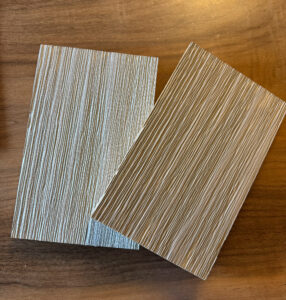
When you specify a solid wood cladding, you accept that there will be variation in the appearance. Unless you want to paint it fully opaque but then what is the point of specifying wood? It is this natural variation that makes wood so popular and exciting as a material. But this also means that sampling is paramount in the design stages so you have some idea of what you can expect. So say you request some samples and like the look. But what is that single sample piece not telling you. The questions you need to be asking are,
“How will this look on a larger scale?”
“How consistent will this be from one board to the next?”
Every sample we send to an architect, designer or builder has its share of fine print disclaiming how this sample actually grew on trees and will have variation. It will vary from one board to the next or even from one square foot to the next. Its not feasible to send out 100 square feet of material to show the natural variation so despite the disclaimers, confusion still results.
We developed a variability scale to provide better insight and set proper expectations. A score of 1-5 where 1 is low variability and 5 is high. It is a guide to how much variation can you expect to see from one board to the next. You will find this variability number referenced with every one of our Alpha cladding and decking products. Many factors will influence the variability like the wood species, finish opacity, texture and even the wood grain pattern. Fortunately these same elements are at the heart of our Alpha product creation and we have gotten used to how they change the final look of your cladding or decking choices.
This is not a rank but a scale
It’s important to note, however, that scoring a 1, a 5, or anywhere in between does not necessarily indicate “good” or “bad.” It’s all about setting expectations for the finished look.
| Variability Grade | Definition |
|---|---|
| 1 | All boards appear the same |
| 2 | 1 in 4 boards will be different |
| 3 | 2 in 4 boards will be different |
| 4 | 3 in 4 boards will be different |
| 5 | Each board will be different |
* this is natural wood so there will always be some organic difference but variation here refers to overall color perception and tone
Variability 1: Color unifies all the Boards
The most consistent products within Alpha either start with an extremely low variability species or use a higher opacity finish. Our products with a variability score of 1 will be closer to a single color – although it’s always best to expect slight variability no matter the score due to the nature of solid wood cladding. Variation makes real wood cladding actually look like real wood, and attempting to cover it up fully would be a disservice to the one-of-a-kind nature of the product.
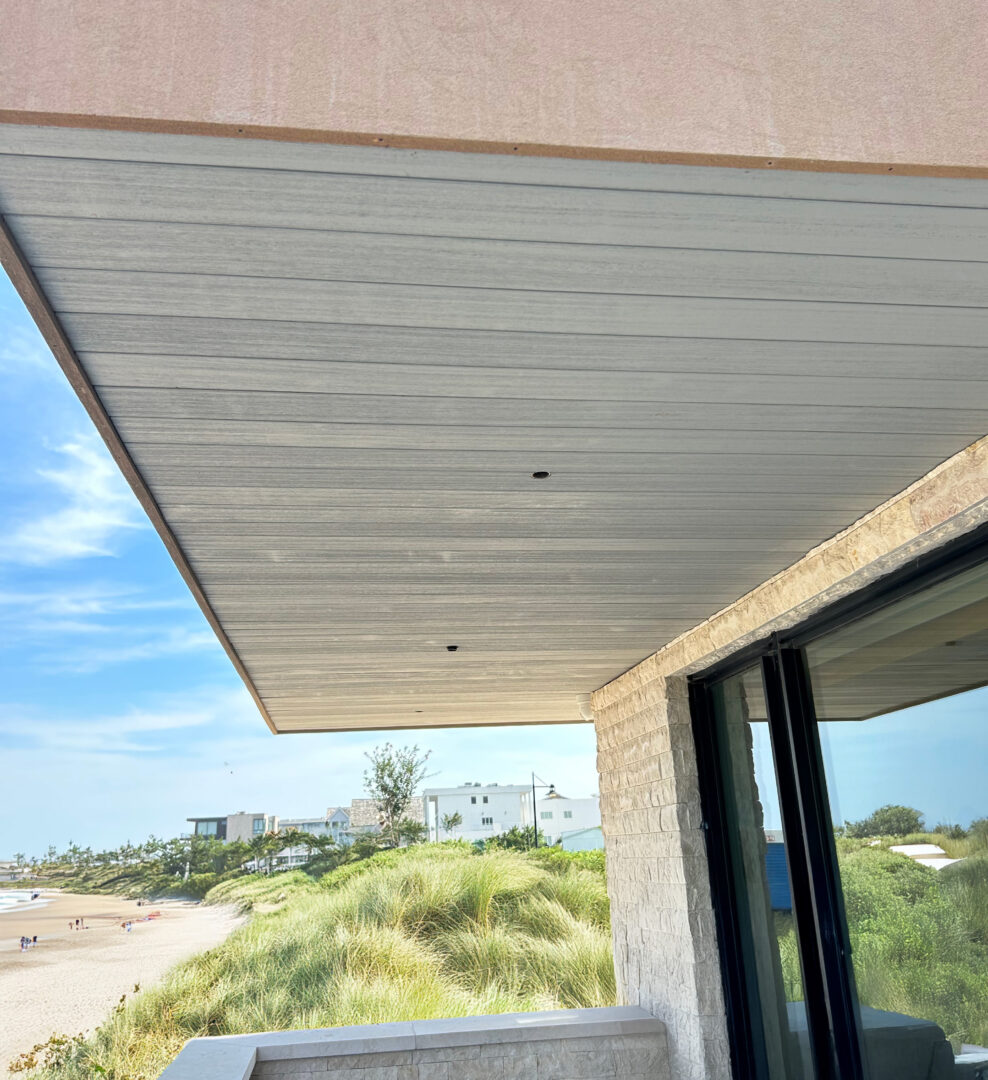
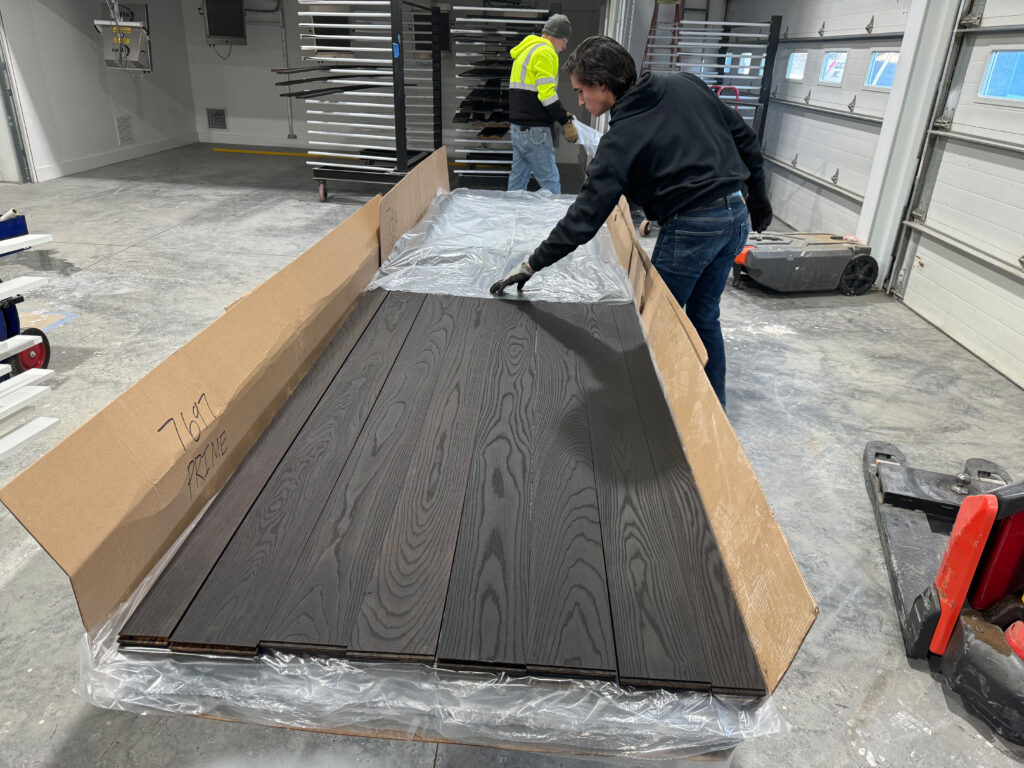

Variability 2: 25% of Boards appear different
The most common score found within our Alpha lines is 2. These products are most often comprised of fairly color-consistent species to begin with such as White Oak and Sapele and topped with either a low to medium opacity finish. The grain still show through. The consistency underneath helps keep the variability to a minimum while still appearing as a natural wood product.
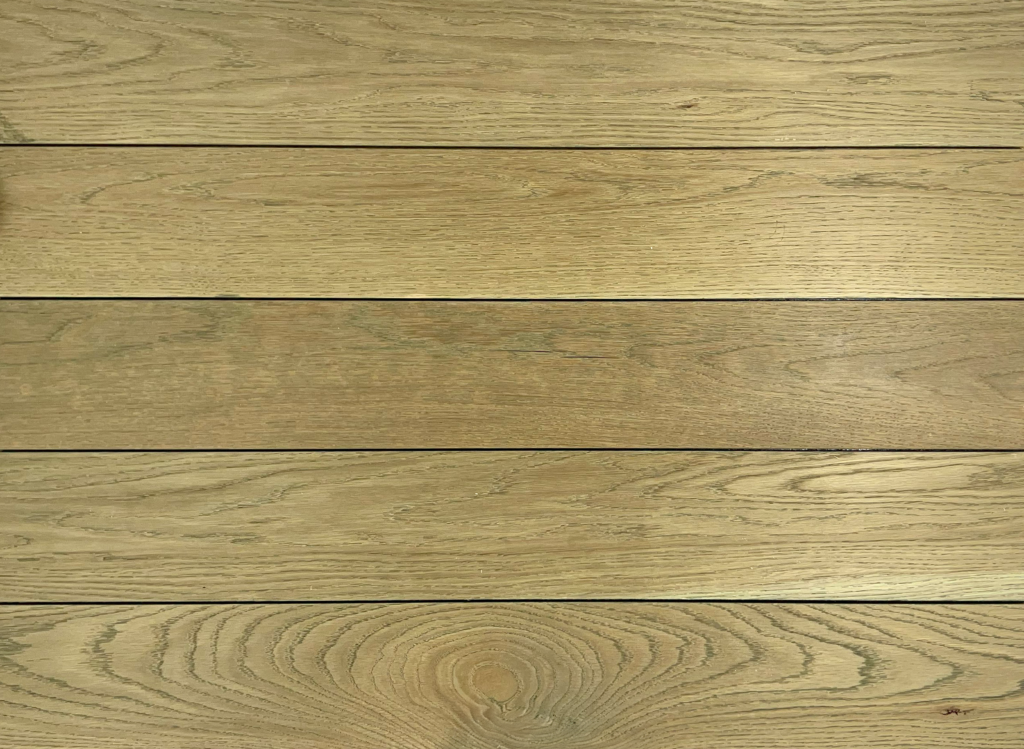
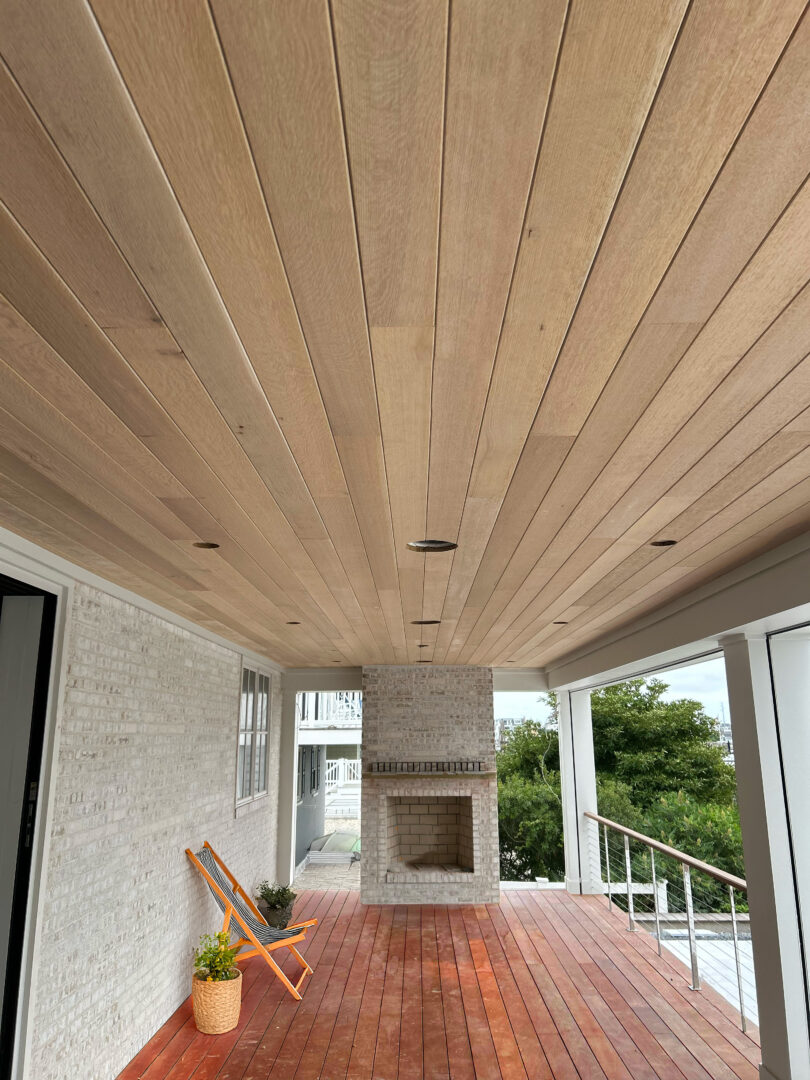

Variability 3: 50% of boards appear different
We don’t see many instances of this score coming up within the brand – only in unique combinations of species and finish opacity. Specifying mixed grain on a project will naturally result in more variability, especially in Sapele where we will see cathedrals in flatsawn pieces and beautiful ribbon patterns from quartersawn. Even though using the same species and being color consistent, the mixed grain differences are still apparent, and the finish is not opaque enough to mask it. We also see this mid-range variability in a few of our Jatoba offerings when paired with a low opacity finish. Jatoba has a distinct grain pattern with plenty of variation, and while the finishes chosen can homogenize the color slightly, they will not mask the variation in grain pattern.
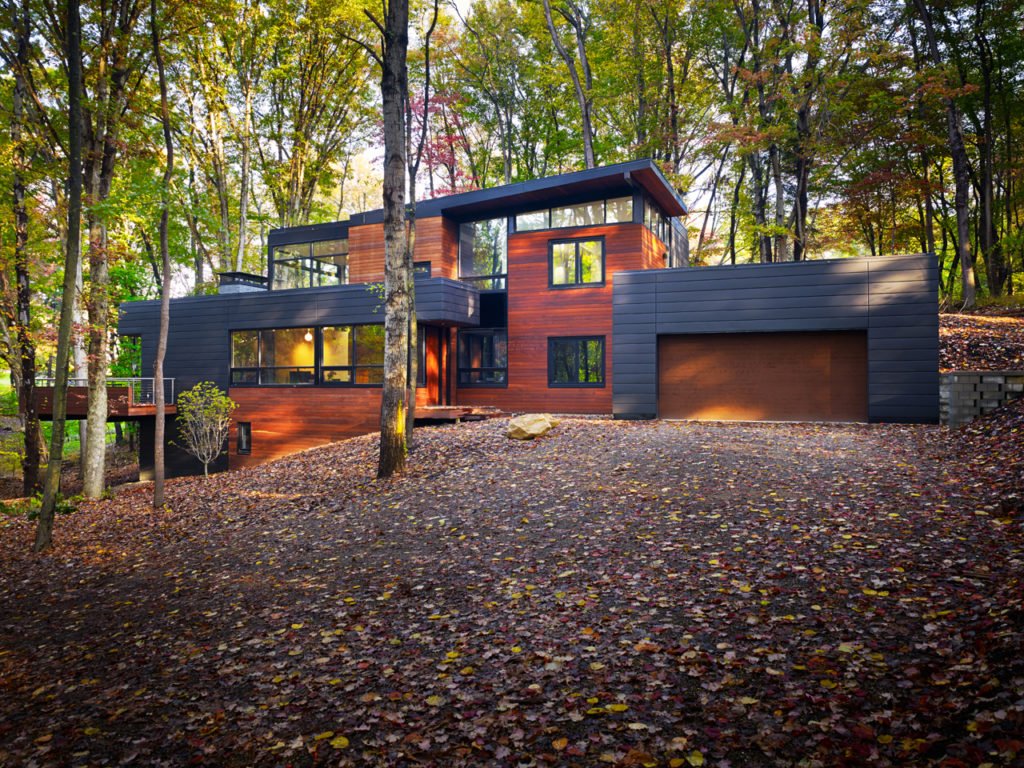
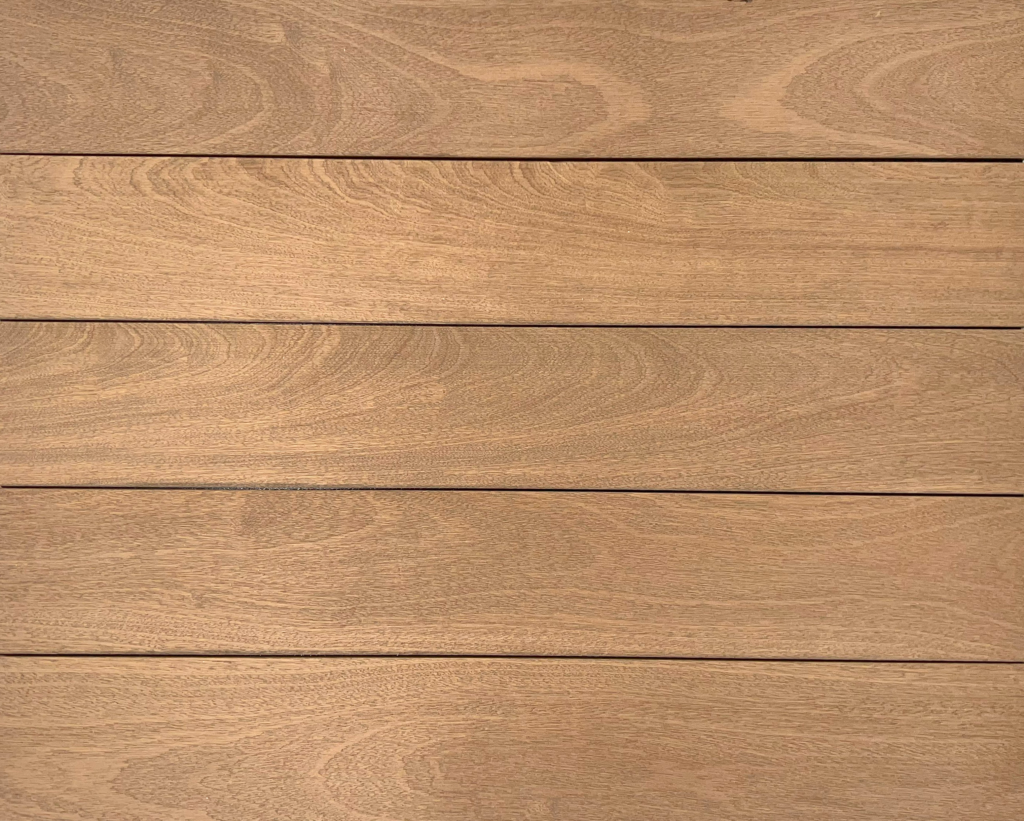
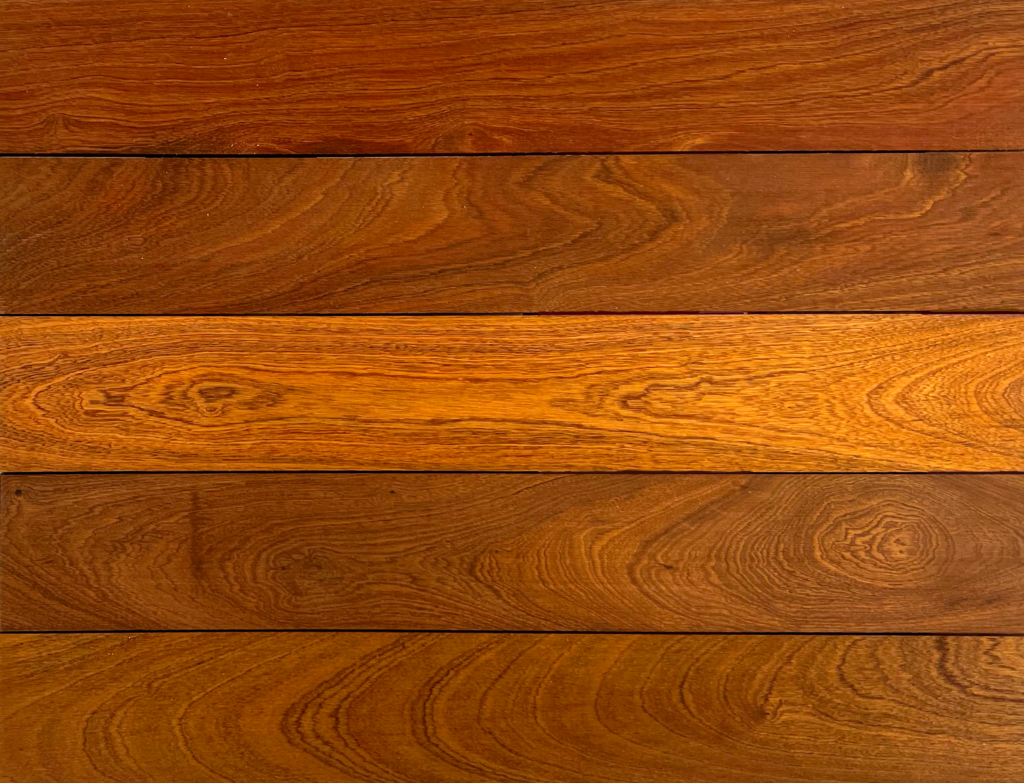
Sometimes the species itself is prone to color variation. Cumaru in particular will often be referred to as “red Cumaru” or “yellow Cumaru”. Even though it is the same species you get a dramatic variation. Finish can help to even out the color variation but with such a dramatic raw color difference the only way to eliminate the difference is with a fully opaque finish. Our Sanibel product is pictured below and while the finish helps, this is a product where you want variation and the install becomes more important in how and where you place your boards.
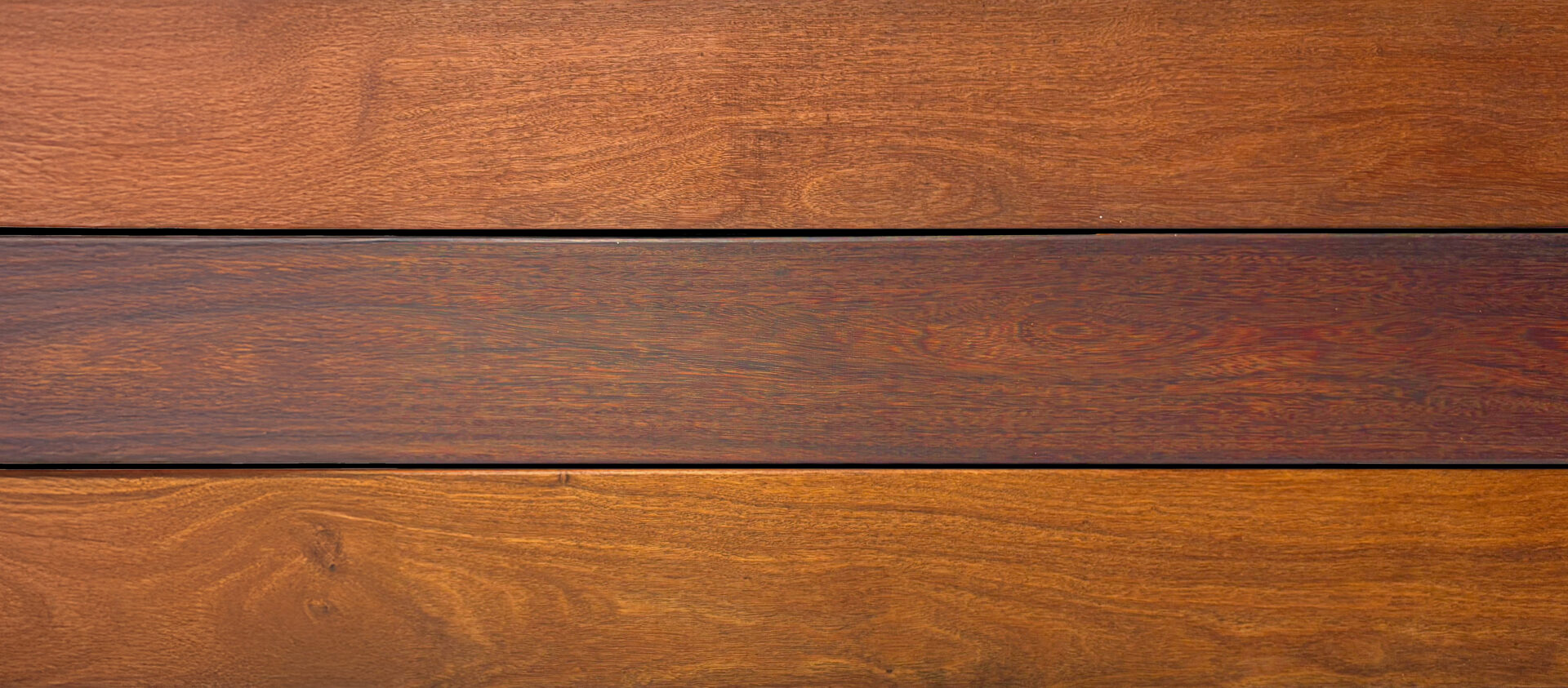
Variability 4: 75% of Boards appear different
Scoring a 4 on our variability scale means the product has distinct differences from board to board, but in a way that is expected for the species – especially when paired with a low opacity finish. What separates it from the products that score a 5, is that it takes less effort to cover up the variation completely. From our Alpha products, Cypress offerings in particular all score a 4. There is plenty of variation, and when paired with low opacity or clear finishes, it is not hidden.
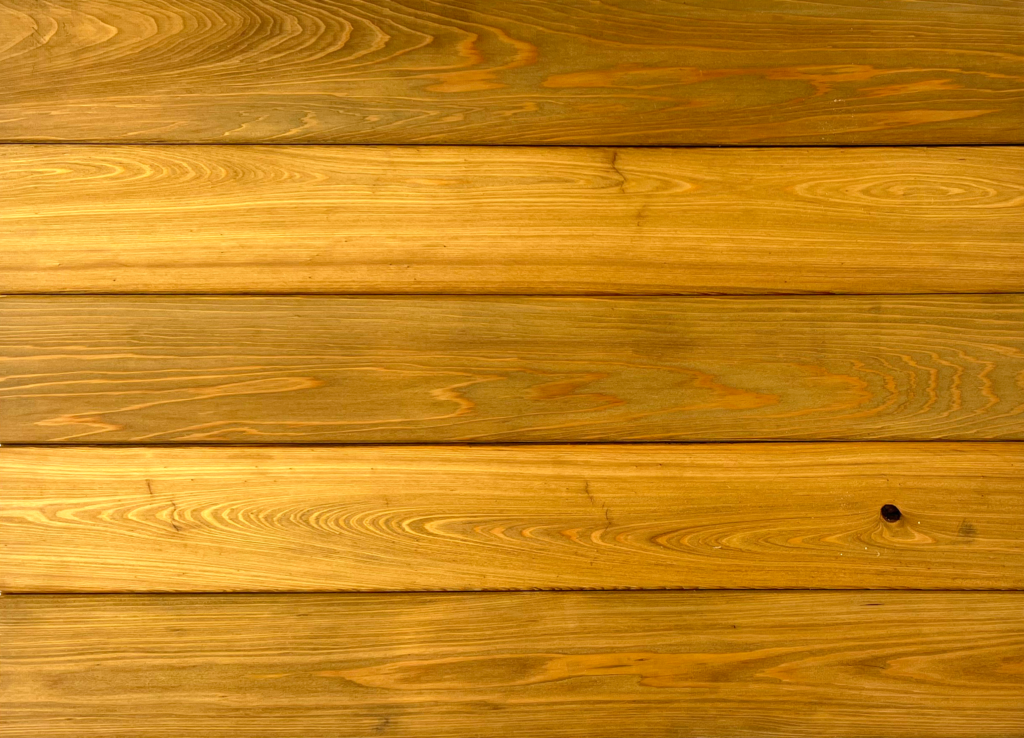
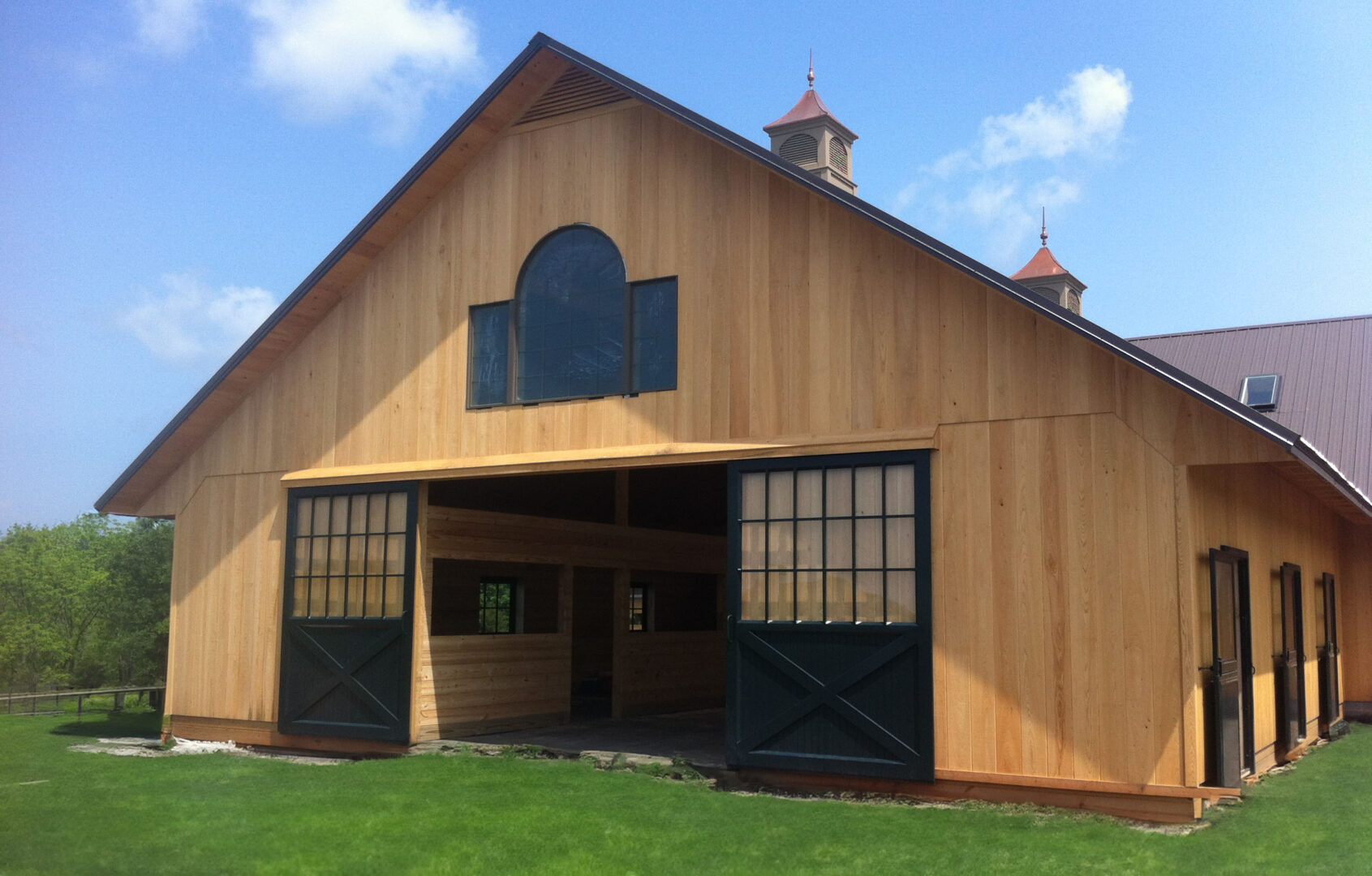
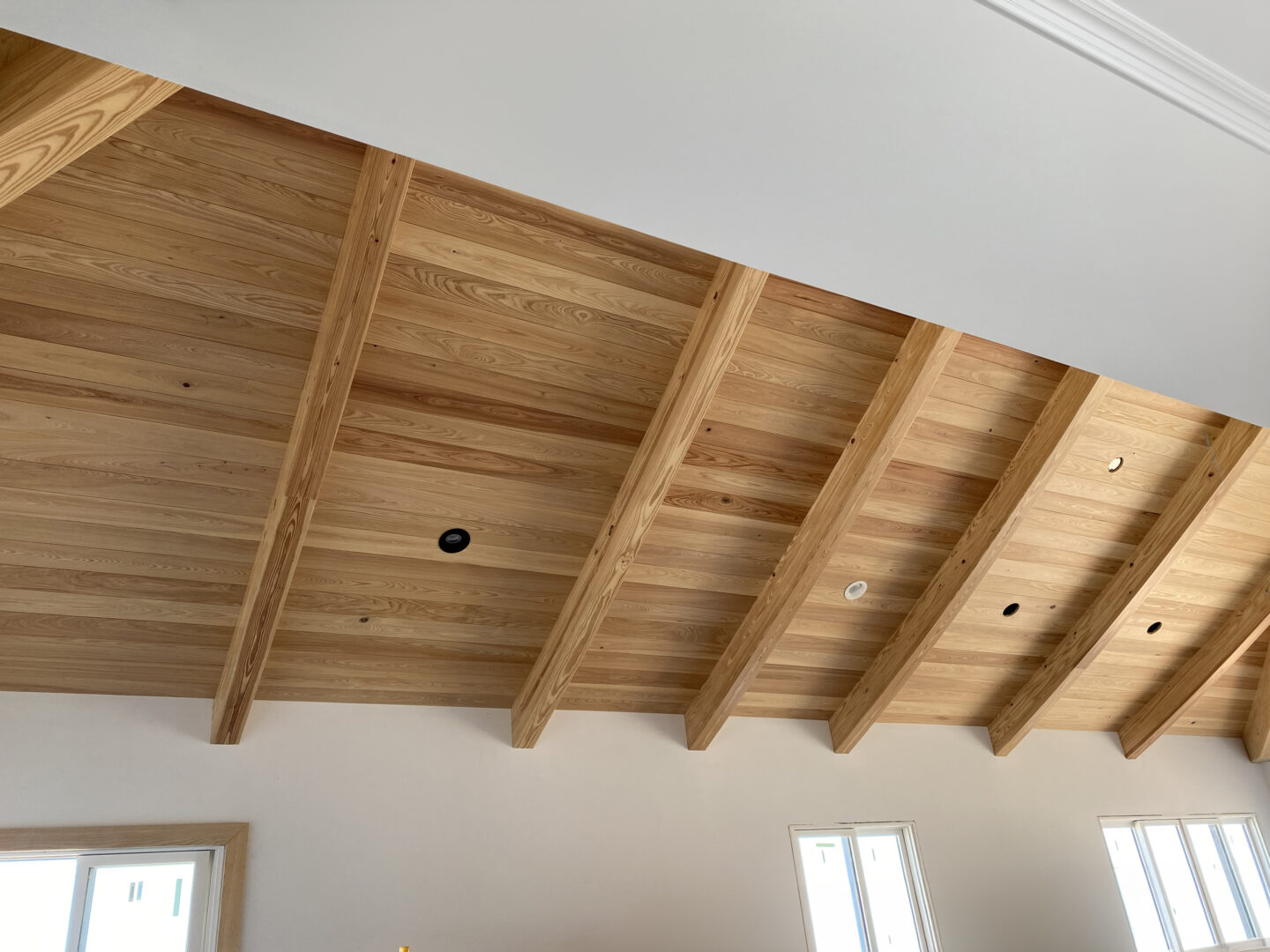
Variability 5: Highest Variability – Each Board is Different
We’ve reserved the highest variability score for a select few products where customers should expect nearly every board to look unique in both color and grain pattern. This should be the expectation for Western Red Cedar and Plantation Teak products no matter what – even with an opaque finish. Western Red Cedar is more variable in color while Plantation Teak shows intense variability in both color and grain pattern. The intense variability seen in both of these species can cut through most finishes, especially when viewed on a large scale. The high score should not be scary though – as natural variability is the most celebrated aspect of choosing solid wood as your substrate. No two projects will look the same, and the visual interest from such species is eye-catching.
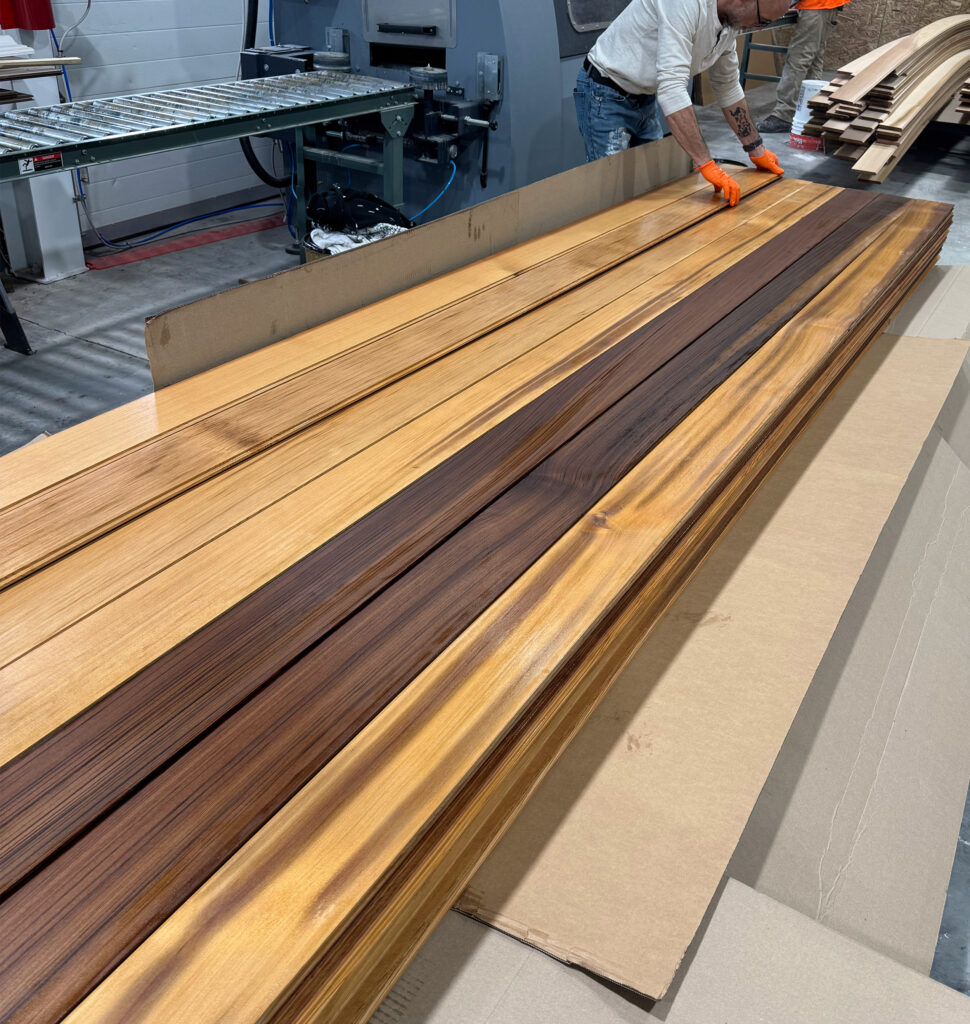
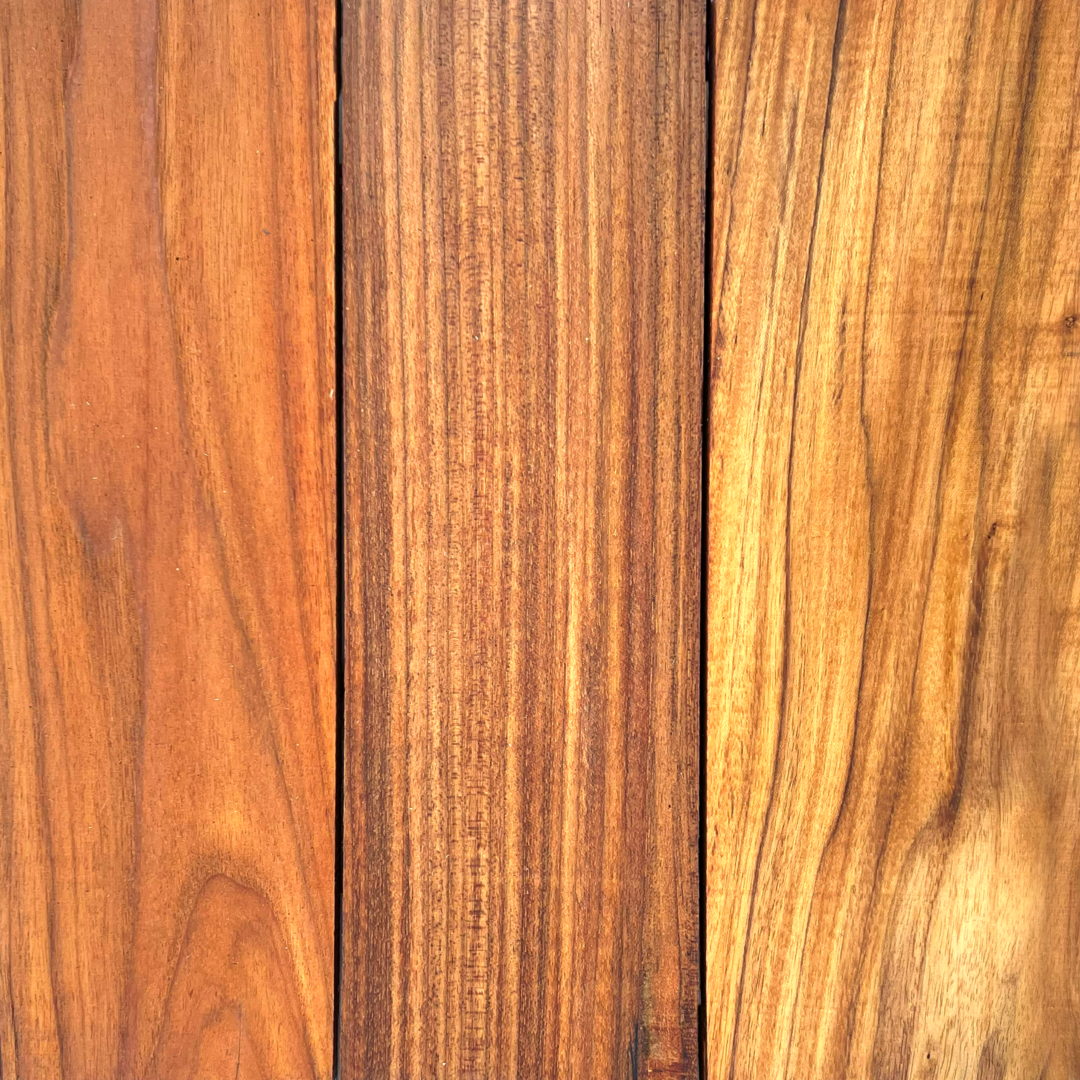
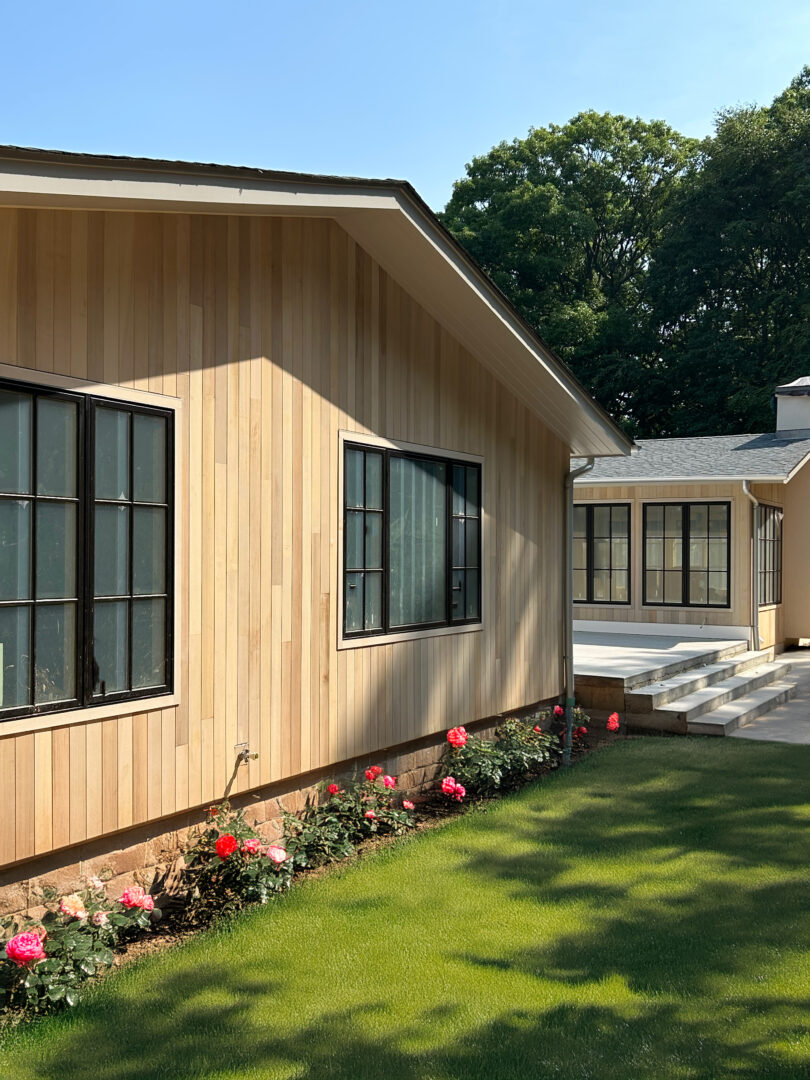
While this scoring system was developed around our Alpha lines, it can be applied to custom projects or even just the standard species we offer. It provides another variable in the process of picking your ideal species and finish, right along with interior vs exterior, color, grain pattern, and texture. Your desired level of variability in the wood for your project will help us narrow down the best options for you and provide a quantitative element to the subjective world of design to ensure we’re all on the same page.

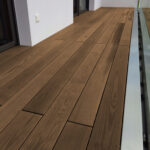
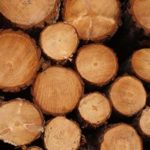
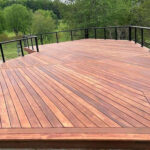
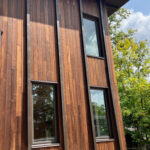
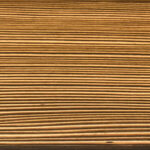
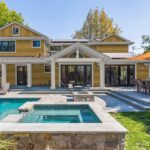


Leave a Reply